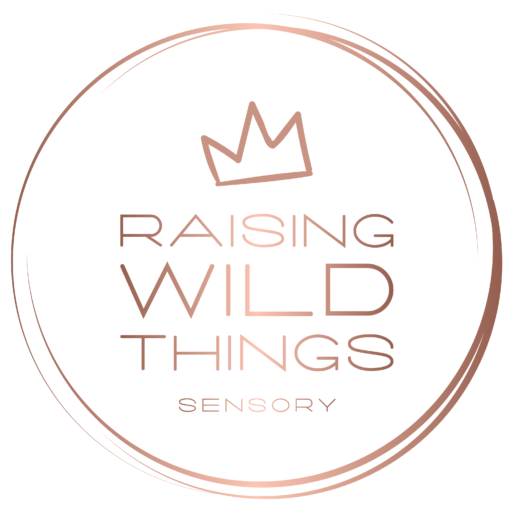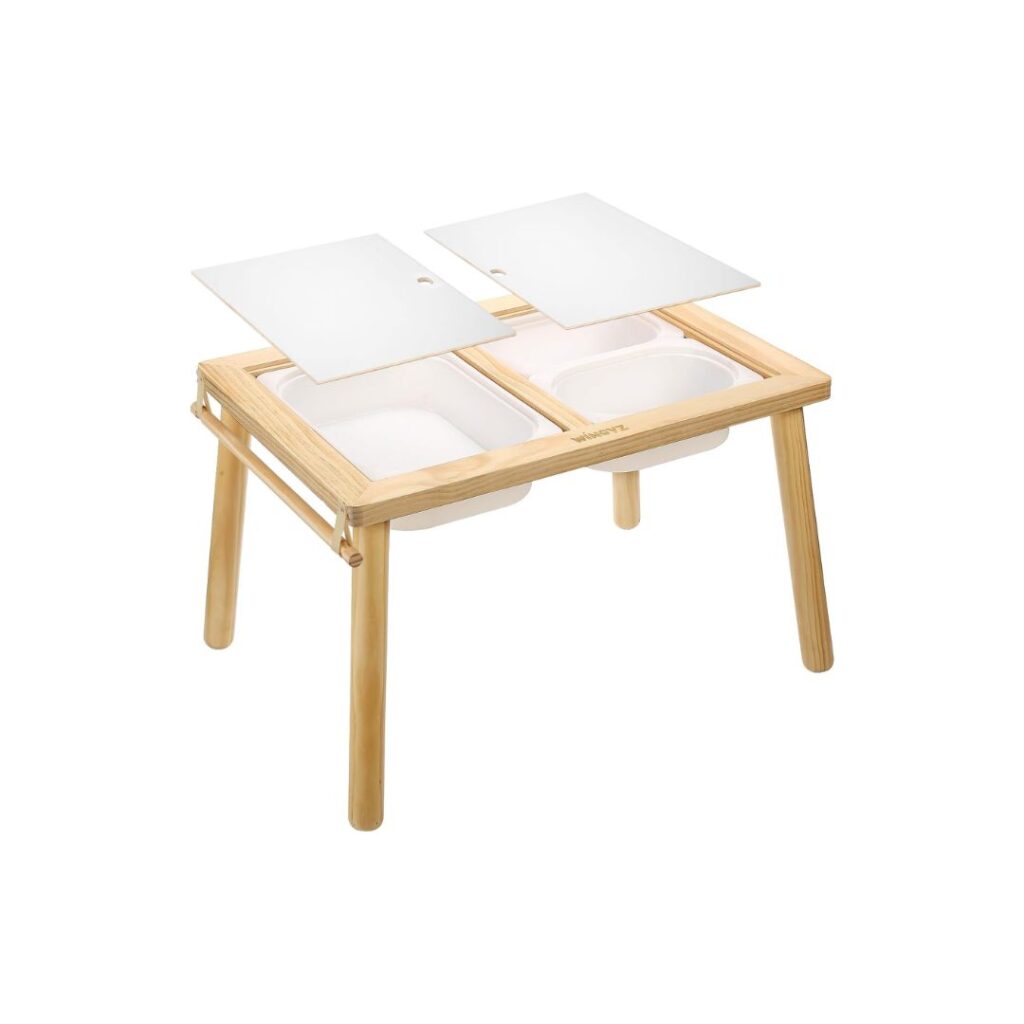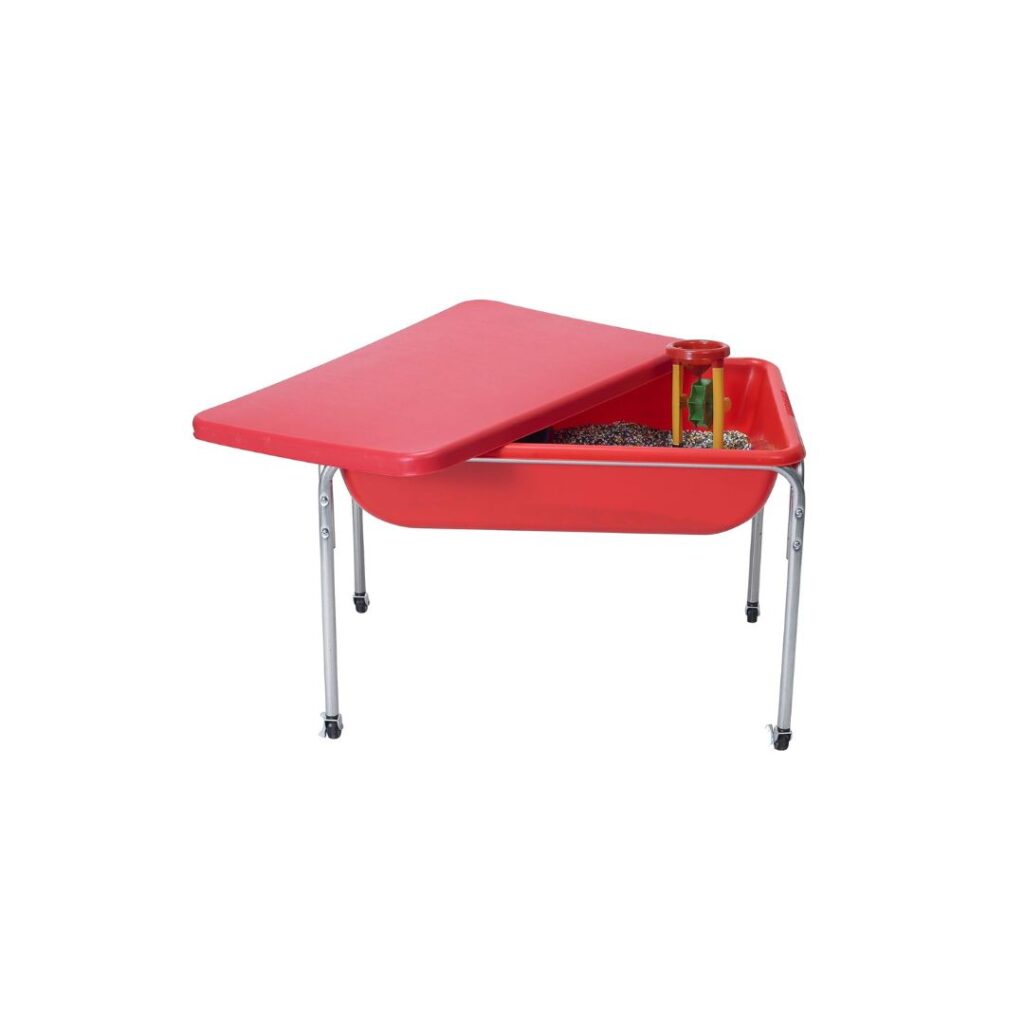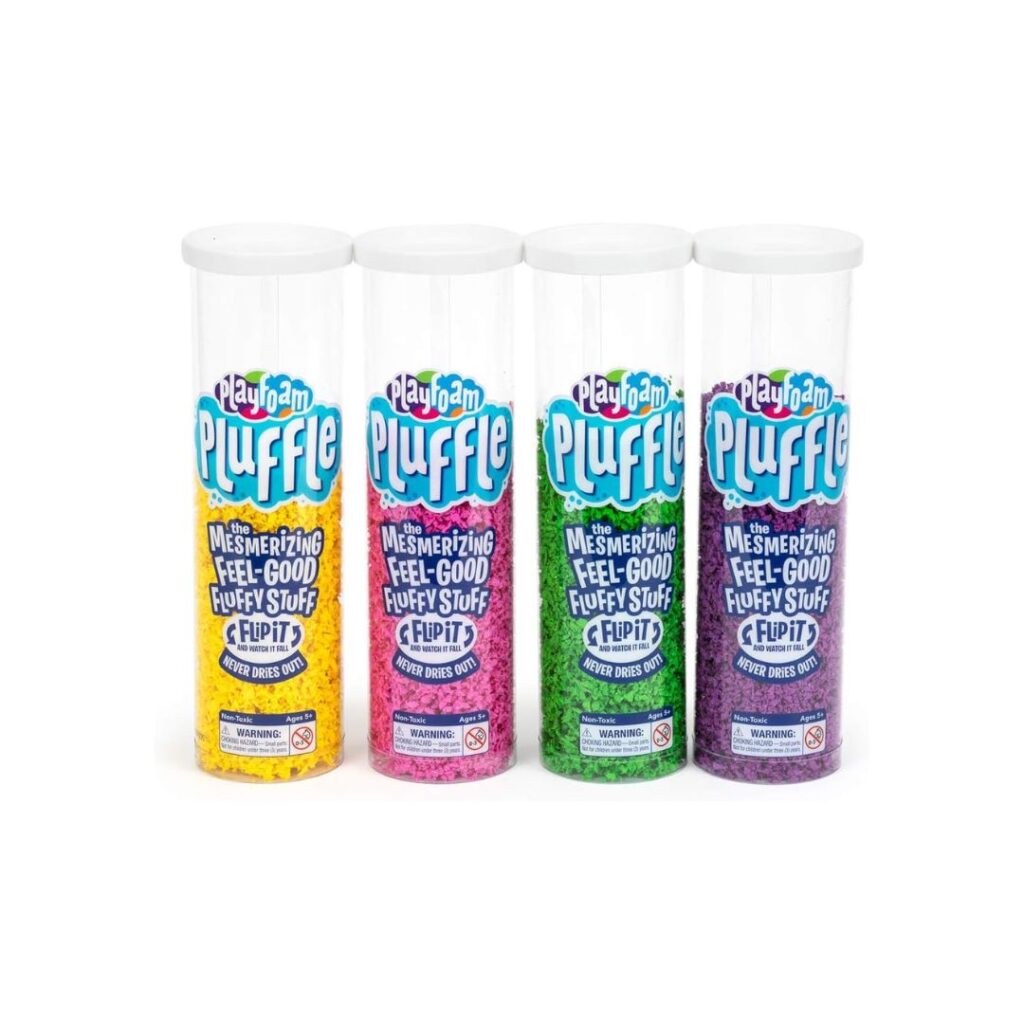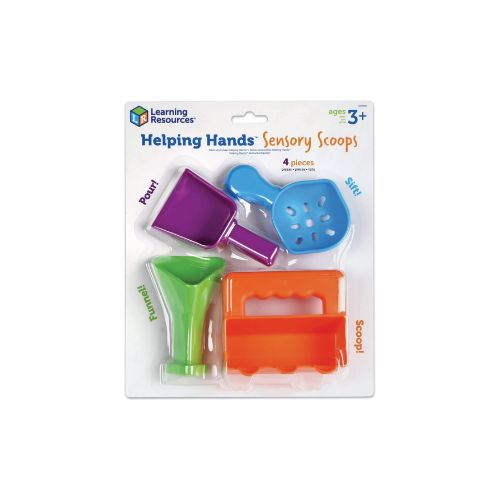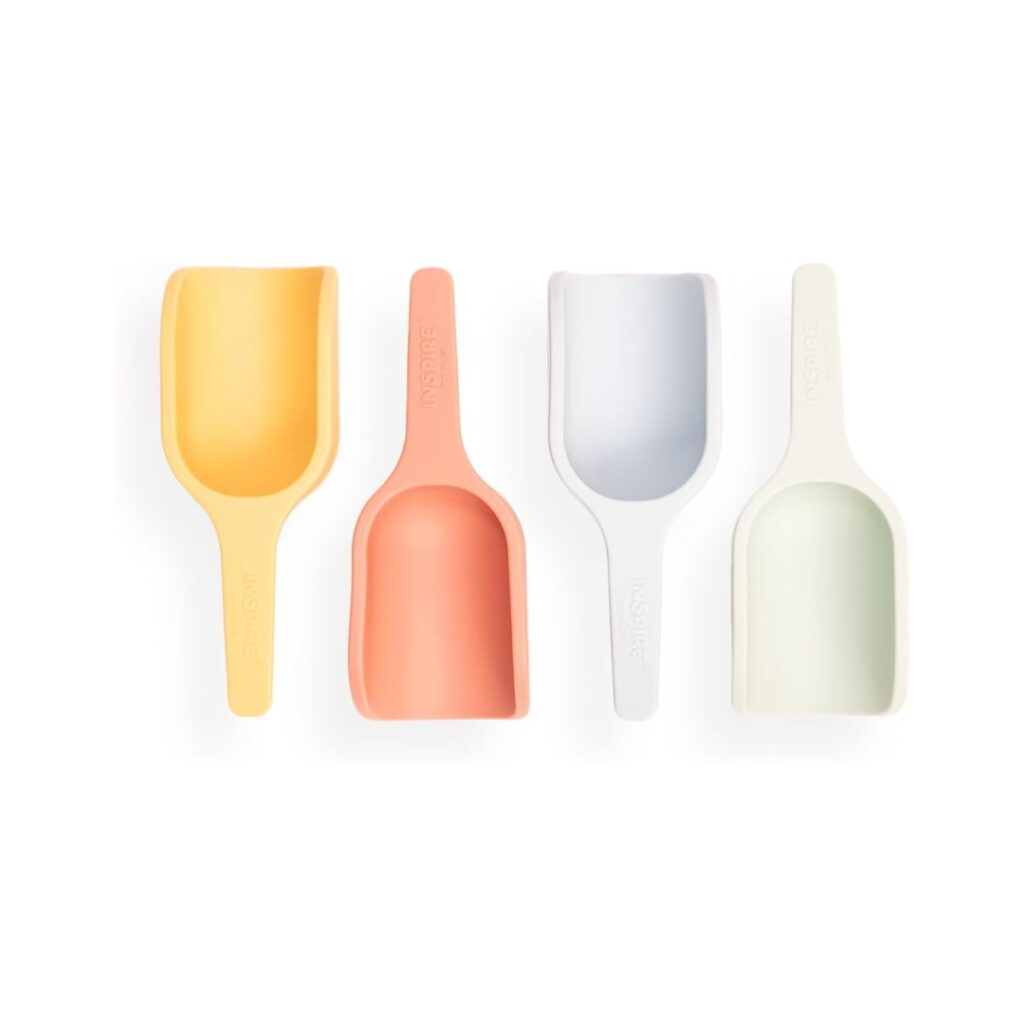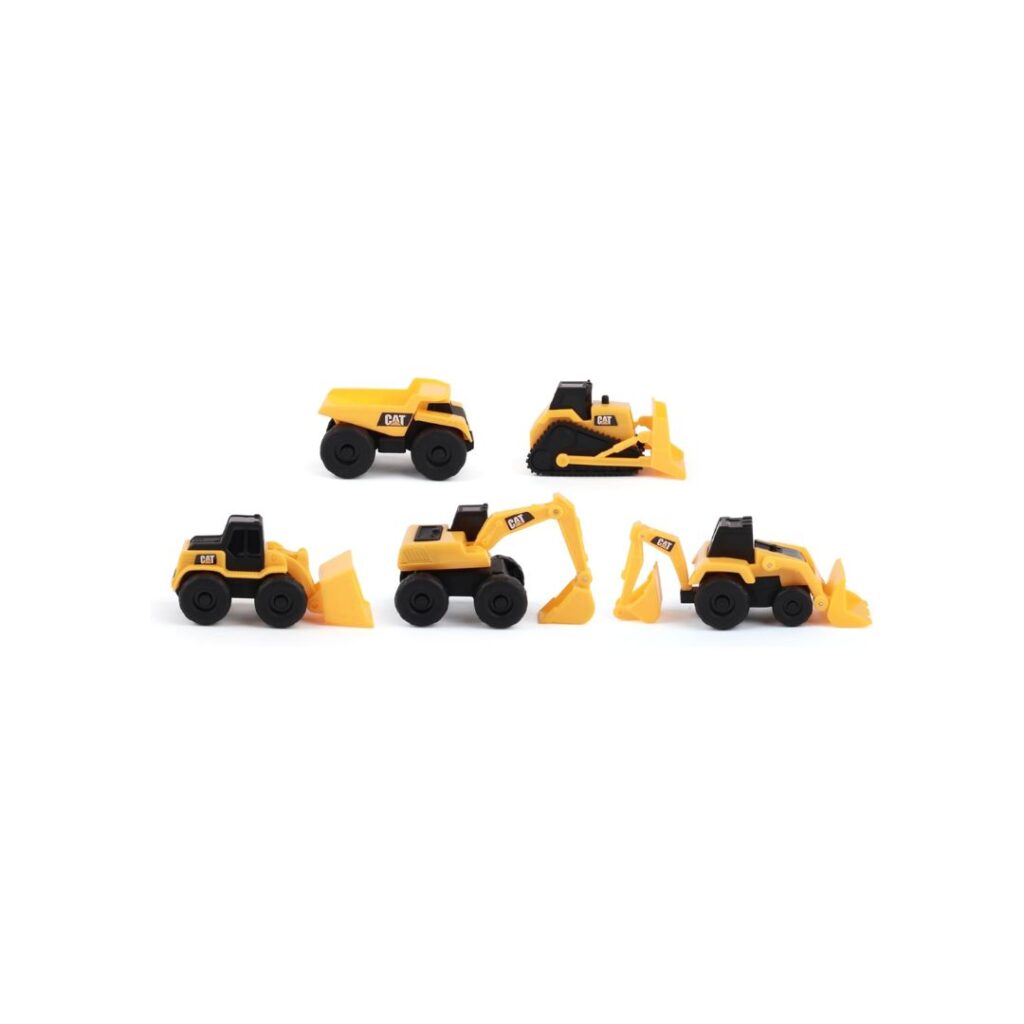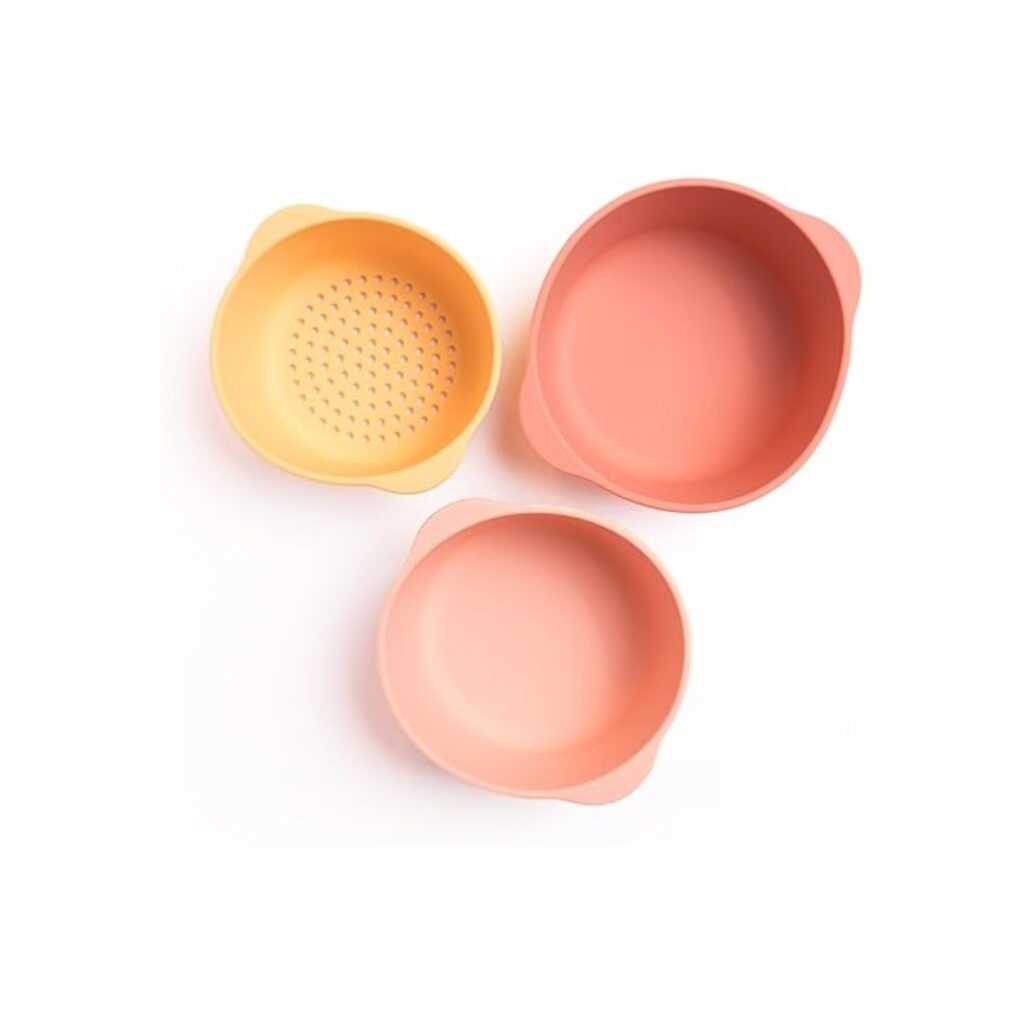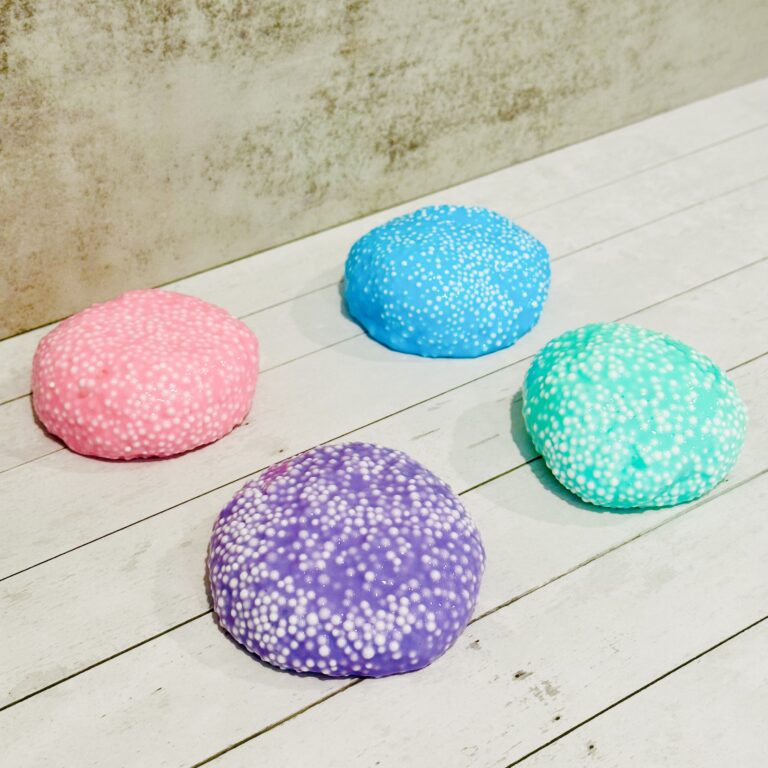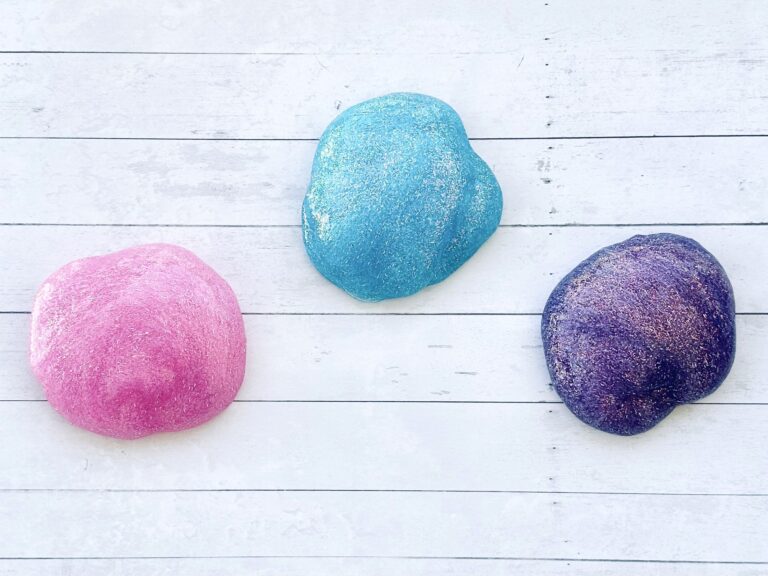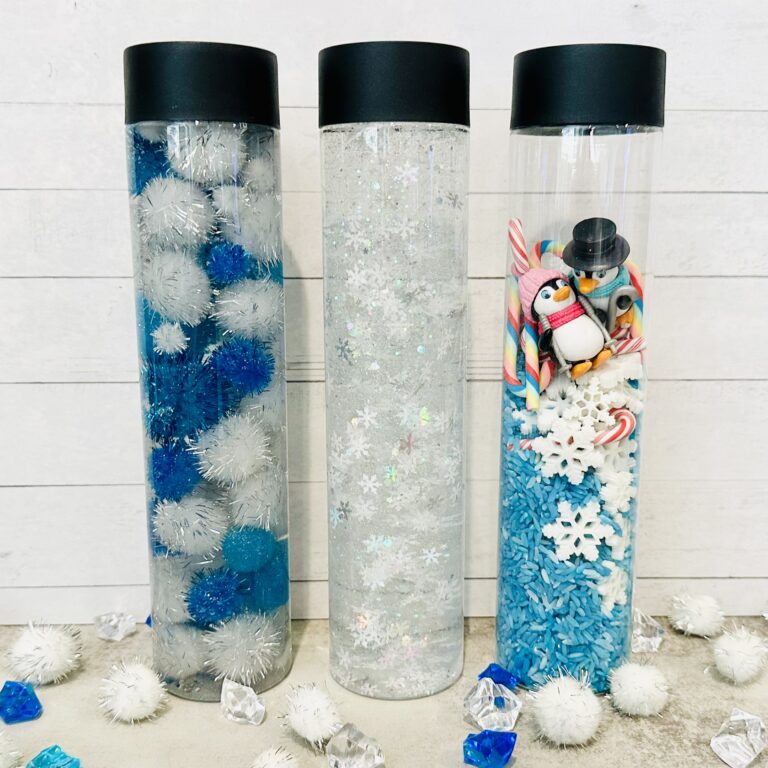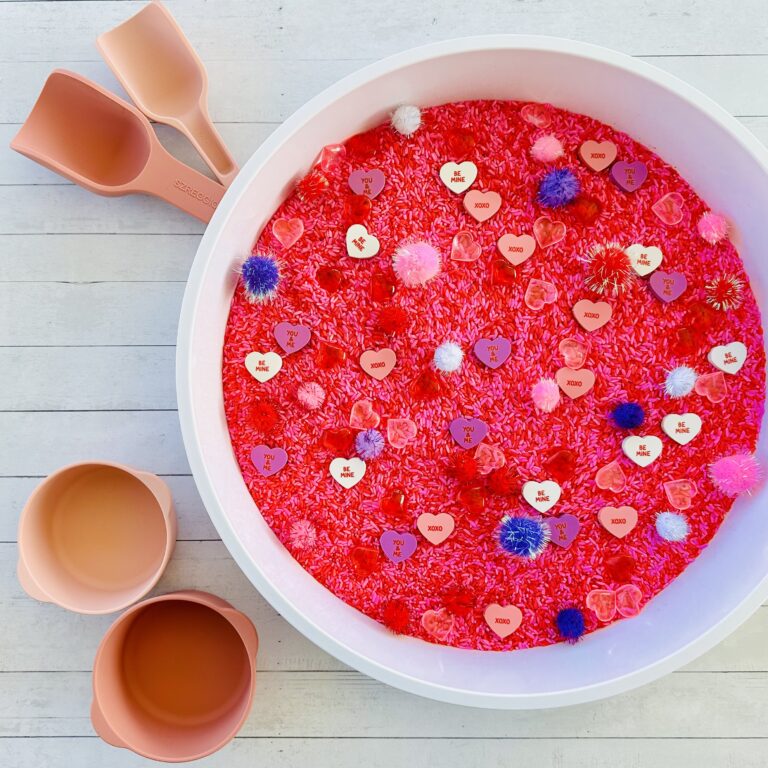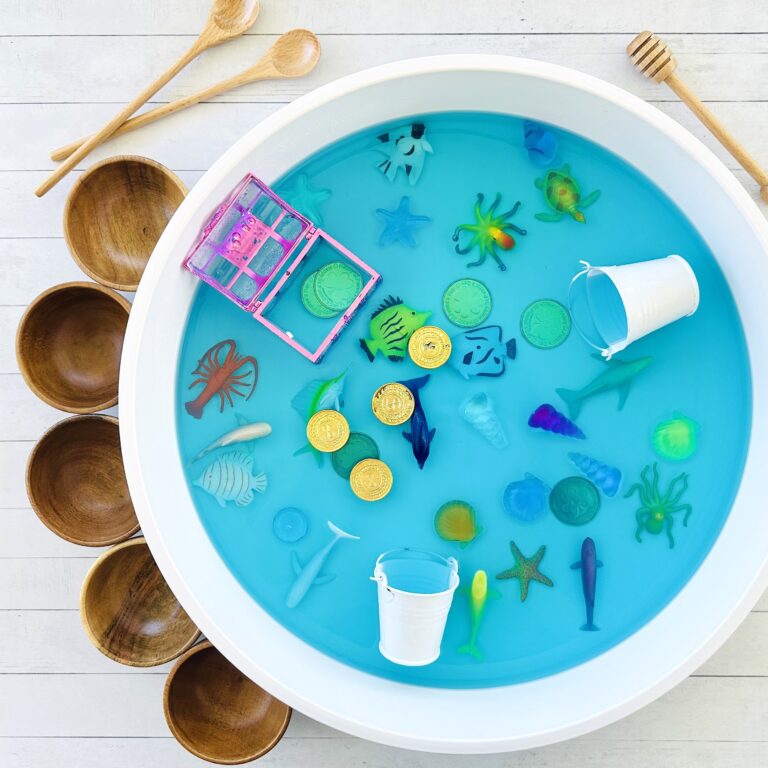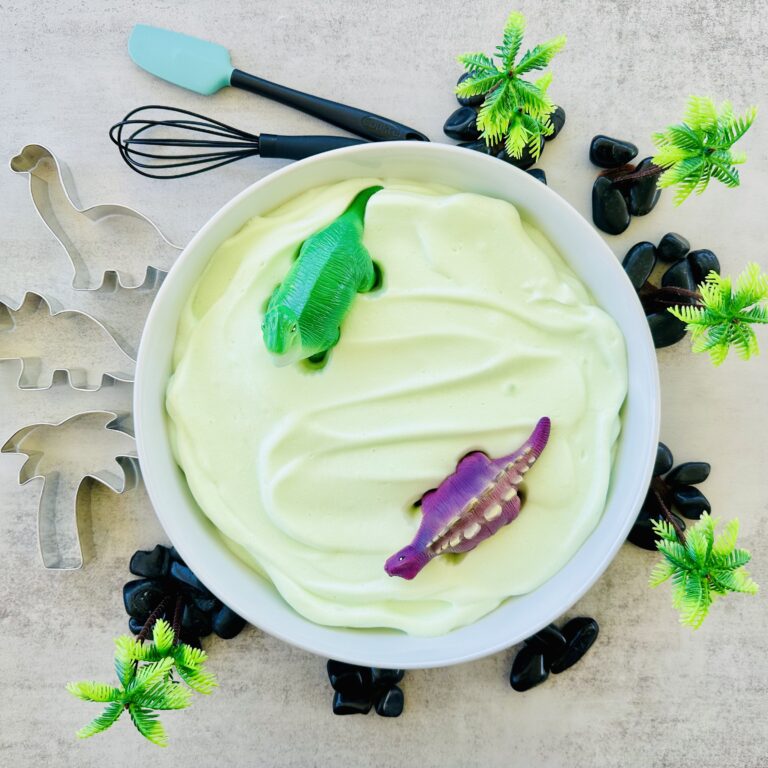Guide To Sensory Bin Fillers and Supplies You Need To Have
Discover the essential sensory bin fillers and supplies to have on hand, making it easy to set-up multiple different sensory bins in seconds!
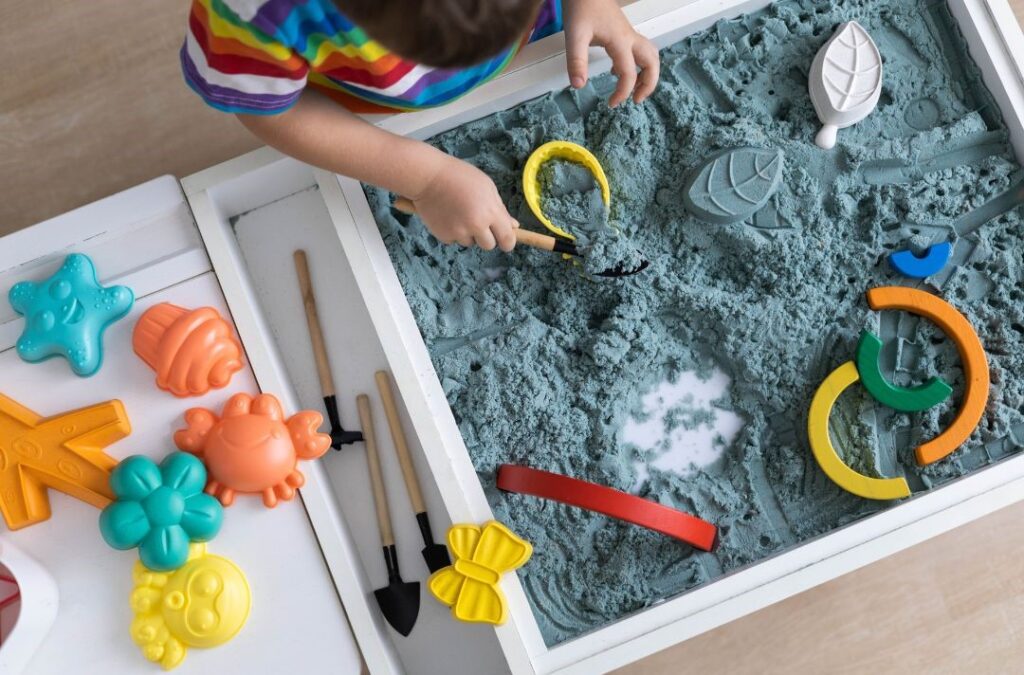
Always supervise children during sensory play. See full disclaimer here. This post may contain affiliate links, which means I may earn a small commission if you make a purchase through these links, at no extra cost to you. As an Amazon Associate, I earn from qualifying purchases. I only recommend products I personally use and love! You can read more about my disclosure policy here.
Sensory bins are all the rage for a reason. They’re fun and provide incredible learning opportunities for kids. Whether you’re looking for a quick independent play activity or want to engage your child in hands-on learning, having the right sensory bin fillers and supplies on hand is a game changer.
The best part? Sensory bins are incredibly easy to set up. With the right fillers and supplies, you can whip up tons of different sensory bins that will keep your kids entertained for hours! Keep reading for a breakdown of everything you need to start building your own sensory bin kit.
What Is a Sensory Bin?
A sensory bin is essentially a container filled with materials that are designed to stimulate your child’s senses. Whether it’s scooping, pouring, or simply feeling different textures, sensory bins provide endless opportunities for exploration, learning, and creativity.
Beyond being fun, sensory bins are also fantastic for development. They help kids improve fine motor skills, problem-solving, emotional regulation, and even language development. Plus, they provide much-needed independent playtime for those moments when you just need a break!
Once you have the basics, you can pull together a fun, educational activity in under a minute. Store your fillers and supplies in one place, and when the moment strikes, grab your bin and let the sensory fun begin!
With these essential fillers, supplies and creative ideas, you’re well on your way to becoming a sensory play pro!
Must-Have Sensory Bin Fillers and Supplies
Setting up a sensory bin takes about 30 seconds if you’ve got the right supplies. All you need is a sensory bin, a base material (AKA fillers), and a few tools and toys to create an activity.
Here’s a list of sensory bin fillers and supplies you need to have that will allow you to create a variety of sensory bins with minimal effort. With just these simple supplies, you can create many different sensory bins that your child will love!
1. The Bin
The bin you choose will be the foundation of your sensory setup. I recommend using a medium sized bin with lid. It’s the perfect size, easy to store, and can be used as storage to keep everything contained (as much as possible!). Bonus points if you use the same bin for storing your sensory tools and supplies when you’re done! These are my favorite options:
2. The Bases (AKA Fillers)
Sensory bin bases, also known as fillers, are the materials that go inside your bin. These will be the substance your child manipulates and explores. You might be surprised how long kids can stay entertained with just a tub of rice or beans! Here are some of the best options for sensory bin fillers:
- Play Doh: Squishy and moldable, making it perfect for little hands to get creative!
- Kinetic sand: Moldable and magical—kids love it!
- Colored Rice: Perfect for scooping, pouring, and feeling those fun little kernels.
- Pom-pom balls: Soft and lightweight, perfect for little hands.
- Colored Pasta: Adds a fun, crunchy texture that’s super satisfying to dig through.
- Dried beans: They come in so many colors and sizes!
- Pluffle: Fluffy, squishy texture that’s like playing with soft clouds.
DIY Homemade Bases (AKA Fillers)
Looking for even more inspiration? Try these DIY recipes and make your own sensory bin fillers designed to engage your child’s senses while promoting important developmental skills.
1. Dyed Rainbow Rice: Lightweight and satisfying to pour, dyed rice creates a rainbow of textures and colors for kids to explore, enhancing their sensory play experience.
2. Dyed Pasta: Bright and colorful, dyed pasta adds a fun visual and tactile element to sensory bins, helping with color recognition and hand-eye coordination during play.
3. Dyed Chickpeas: Bright and colorful, dyed chickpeas bring a crunchy twist that’s perfect for scooping, pouring, and making all kinds of satisfying sensory play.
4. Edible Play Dough or Traditional Play Dough: Soft, squishy, and easy to mold, homemade play dough is perfect for sensory exploration and fine motor development, plus it’s customizable with fun colors and scents.
5. Kinetic Sand: With its unique, moldable texture, kinetic sand offers a calming sensory experience while sparking creativity and imaginative play.
6. Cloud Dough: Soft and crumbly, cloud dough combines the best of sensory play with a unique, dough-like texture that kids love squeezing, molding, and crushing.
7. Slime: Stretchy and gooey, homemade slime offers a satisfying tactile experience that helps kids explore different textures while promoting sensory regulation and creativity.
8. Colorful Bubble Foam: A vibrant and squishy activity where kids can play, scoop, and explore bubbly foam in different colors for a delightful sensory experience.
9. Jello Blocks: Colorful, jiggly, squishy Jello blocks are taste-safe and perfect for babies, toddlers, preschoolers, and even older kids!
10. Taste-Safe Sensory Play: Great for younger kids or kids that are still in the “everything in the mouth” phase.
Pro tip: After using your sensory bin filler, pour it into a resealable bag for easy storage. Many of these fillers can last for years with proper care!
3. The Tools
The tools you add to your sensory bin are what make the experience interactive. Think of them as the equipment that helps your child explore the sensory base. Here’s what you’ll want to keep in your sensory kit:
- Scoops: Perfect for scooping, pouring, and measuring.
- Funnels: Ideal for pouring fun!
- Silicone Bowls: Great for sorting and organizing materials in the bin.
- Mini Construction Trucks: Diggers, dump trucks, and bulldozers can add a whole new level of imaginative play.
- Pom-Pom Balls: Great for sorting and organizing activities in the bin.
Easy Sensory Bin Ideas to Get You Started
Now that you know the basics, it’s time to get creative! Here are easy sensory bin activities you can whip up in seconds using the supplies listed above. These activities are perfect for children of all ages, helping them develop crucial skills while having a blast!
1. Rainbow Rice Alphabet Hunt: Hide letters in a rice bin and have your child find and identify them.
2. Painting Ice Cubes: Fill a sensory bin with ice cubes and let your child “paint” them using watercolor paints and brushes.
3. Construction Site Bin: Add construction vehicles to sensory dirt or sensory mud for digging and building.
4. Ice Cream Sensory Bin: Add some colorful pom-poms, pretend candy, ice cream scoops, and cones or bowls in kinetic sand, and let the kids create their own pretend sundaes!
5. Dinosaur Sensory Bin: Hide small dinosaur toys in kinetic sand and let your child go on a fossil hunt!
6. Space Sensory Bin: Add planets, stars and astronaut figurines to kinetic sand for an out-of-this-world sensory adventure!
7. Mermaid Sensory Bin: Use colorful dyed pasta to make a coral reef, complete with glittery shells, gems, and tiny mermaid figurines for magical ocean play!
Let the Sensory Fun Begin!
By keeping a few basic sensory bin fillers and supplies on hand, you’ll always be ready to set up a quick, educational activity that your child will love!
Plus, sensory bins are a great way to sneak in some much-needed quiet time for yourself! So go ahead, gather your supplies, and let the sensory play begin.
Recommended
- 18 Recipes: The Best DIY Sensory Bin Fillers
- 9 Of The Best Taste-Safe Sensory Play Ideas
- 24 Of The Best Summer Sensory Activities For Kids
- 8 Of The Best Ocean Sensory Activities For Kids
- 4 Recipes: How To Make Taste-Safe Sensory Mud And Dirt
- 5 Of The Best Patriotic 4th Of July Sensory Activities
- 11 Exciting Sensory Christmas Activities For Kids Of All Ages
- 6 Best Christmas Sensory Bin Ideas
- 9 Exciting Halloween Sensory Activities For Kids Of All Ages
- 8 Sweet Valentine’s Day Sensory Activities
- 7 Awesome St. Patrick’s Day Sensory Activities
- 9 Awesome Easter Sensory Activities For Kids Of All Ages
